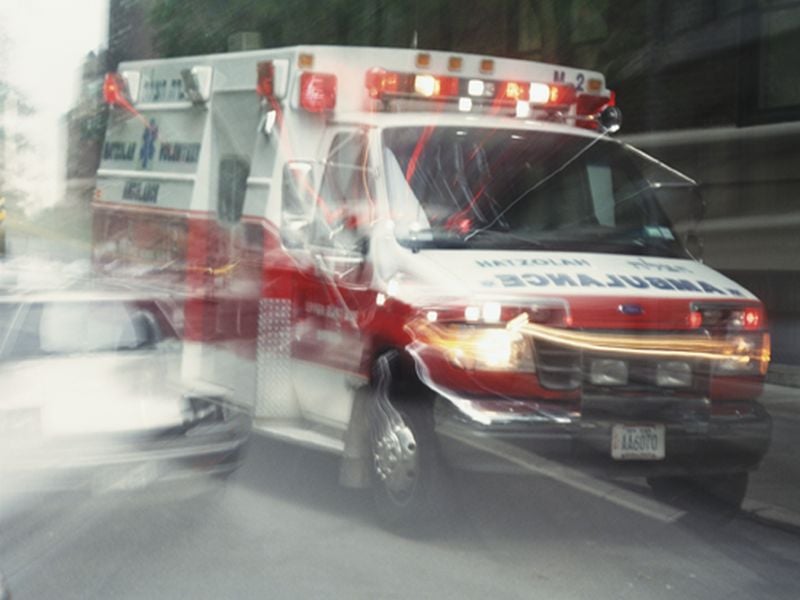
The care you receive in a medical emergency may hinge strongly on where you are when you need it.
That’s a key takeaway from a comprehensive review of the nation’s emergency medical service (EMS) systems by researchers at Icahn School of Medicine of Mount Sinai in New York City.
They found that EMS agencies that responded in mostly rural areas were less likely to treat low blood sugar or improve pain for trauma patients.
Those agencies were also more likely than urban or suburban EMS systems to use lights and sirens unnecessarily, even though research has found a higher likelihood of accidents, injury and death when lights and sirens are used during emergency transport.
Lead author Dr. Michael Redlener, an associate professor of emergency medicine at Mount Sinai, said the difference between the top- and poorest-performing agencies on these key measures was notable.
“This work is not about blaming bad EMS services, but about uncovering opportunities to improve patient care,” he said in a Icahn news release. “We have to move away from solely looking at response times and start looking at performance that directly impacts the people we are meant to treat.”
He said it is essential for EMS systems, government officials and the public to know about the quality and safety of care that is being provided and find ways to make it better.
The review shows that care is not solely determined by how fast an ambulance can get to a patient.
“While fast response times are essential for rare, critical incidents — like when a patient’s heart stops beating or someone chokes — the vast majority of patients benefit from condition-specific care in the early stages of a medical emergency,” Redlener said.
The new study — published Feb. 13 in the journal Prehospital Emergency Care — is the first to use specific safety and clinical quality measures to evaluate patient care across the entire U.S. 911 system.
Researchers reviewed all 911 responses nationwide for 2019 — more than 26 million in all from more than 9,600 EMS agencies.
They assessed specific quality measures in each call outlined by the nonprofit National EMS Quality Alliance. This included treatment of low blood sugar, stroke, seizures, pain and trauma, as well as medication and transport safety.
Researchers also compared performance by agency size and location — urban, suburban and rural.
Among the key findings:
-
After EMS treatment, pain for trauma patients improved in only 16% of cases
-
In all, 39% of kids with wheezing or asthma attacks did not receive breathing treatments during their call
-
No stroke assessments were documented for nearly one-third of patients with suspected stroke, potentially delaying or missing time-sensitive treatment
More information
There’s more about America’s emergency assistance system at 911.gov.
SOURCE: Taylor & Francis Group, news release, Feb. 13, 2024
Source: HealthDay

Leave a Reply